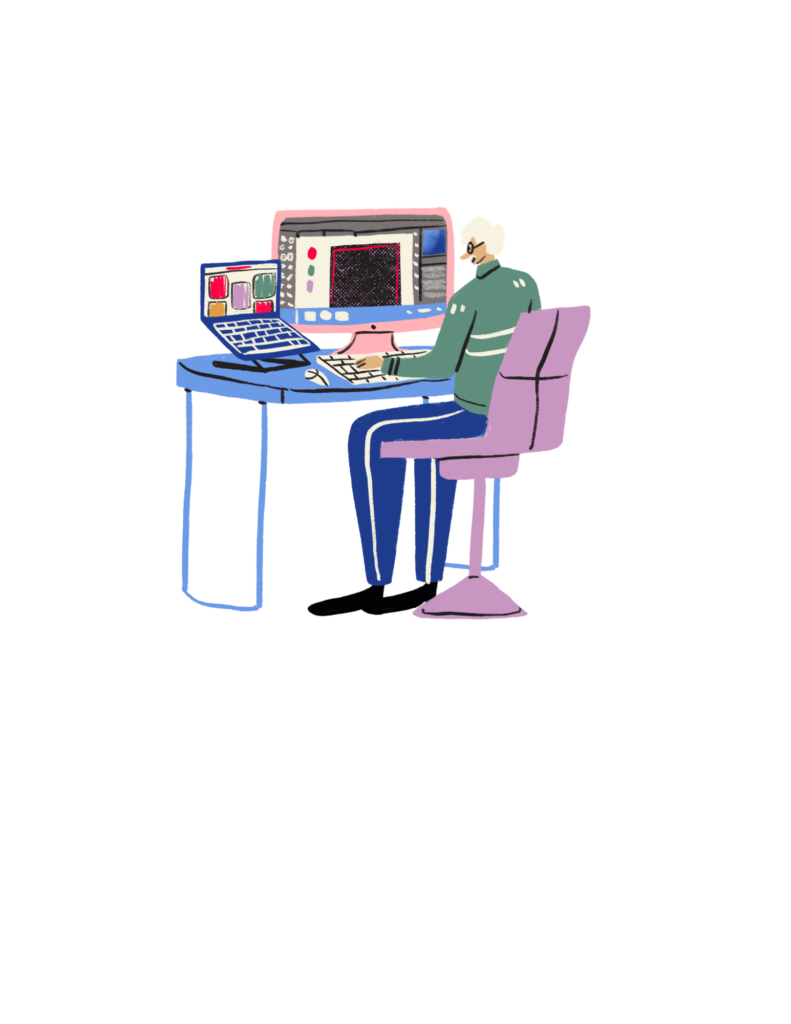
Storyboards are one of the most essential tools in the creative process, especially in film production, animation, video projects, and other visual works. As a visual guide, storyboards help transform abstract ideas into a sequence of concrete images. This process is crucial to ensuring that a creative vision can be realized efficiently and effectively. This article will discuss how storyboards help optimize idea visualization, why they are important in various creative industries, and how to create effective storyboards.
1. What is a Storyboard?
A storyboard is a series of sketches or images that depict the sequence of scenes or events in a visual project, such as a film, animation, advertisement, or video. Storyboards usually include information about actions, dialogue, camera angles, and other visual elements. In other words, a storyboard is a visual blueprint that shows how a story will be presented to the audience.
Through a storyboard, creators can get an overall picture of their project before production begins. It allows for better decision-making regarding visual, narrative, and technical elements.
2. The Importance of Storyboards in the Creative Process
Storyboards play a crucial role in structuring the storyline and clarifying the creative vision. Some reasons why storyboards are important in the creative process include:
- Turning Abstract Ideas into Reality: Ideas that exist only in the mind are often difficult to explain verbally. Storyboards help turn abstract concepts into visuals that can be easily understood by the entire production team.
- Unifying the Team’s Vision: Storyboards enable all team members—from directors and animators to designers—to follow and understand the same vision. With a clear visual reference, the team can work more efficiently and in coordination.
- Saving Time and Production Costs: With a storyboard, mistakes during production can be minimized. Necessary changes or revisions can be made during the planning stage without having to redo the production, saving both time and money.
- Clarifying the Narrative: Storyboards help creators ensure that the storyline flows logically and is engaging. They also help determine the rhythm and pace of each scene.
3. Optimizing Visualization with Storyboards
To optimize idea visualization through storyboards, there are several techniques and steps to consider:
- Start with Rough Sketches: In the initial stages, storyboards don’t need to be perfect. Start with rough sketches that capture the main elements of the story, such as characters, settings, and key actions. This helps to grasp the essence of each scene before delving into more detailed aspects.
- Focus on Story Flow and Transitions: One of the main purposes of a storyboard is to depict a smooth flow of the story. Make sure each scene transitions logically into the next. This will help maintain consistency in the visual narrative.
- Use a Variety of Camera Angles and Composition: Storyboards offer the opportunity to experiment with camera angles and visual composition. Try using different perspectives to add dynamism to the story. Decide whether a scene works better with close-ups, wide shots, or medium shots to create the desired emotional impact.
- Add Technical Notes: In addition to drawings, include notes on technical elements such as dialogue, camera movements, sound effects, or lighting. These notes help the production team bring the storyboard to life.
- Consider the Rhythm and Timing: Storyboards help create visual rhythm. It’s important to consider the duration of each scene and how they flow within the narrative. Does a particular scene need more time to build tension? Or should some parts move quickly to maintain pace? All of this can be planned in the storyboard.
4. The Role of Storyboards in Various Creative Industries
Storyboards aren’t just used in film or animation production. This tool is widely applied in various creative industries, such as:
- Advertising: Storyboards help design advertisements, ensuring every second of airtime is used efficiently. This pre-production visualization is crucial to delivering the message effectively in a limited amount of time.
- Game Development: In video game development, storyboards are used to plan cut-scenes, cinematic sequences, and storylines. Storyboards help developers and designers synchronize gameplay with narrative elements.
- Education: In producing educational videos or presentations, storyboards help ensure that content is presented clearly and engagingly. This ensures that the visual materials support learning objectives well.
5. Tips for Creating an Effective Storyboard
Here are some tips for creating an effective storyboard:
- Keep It Simple, but Clear: Storyboards don’t need to be overly detailed. Make sure the drawings are easy to understand by others, but clear enough to depict the key elements of each scene.
- Focus on Story Flow: Focus on how the story progresses from one scene to the next. Good transitions will make the narrative flow more naturally.
- Use Color When Necessary: In the final stage, adding color or other visual markers can help distinguish important elements, such as main characters, backgrounds, or moving objects.
- Get Feedback from the Team: Storyboards are collaborative tools. Share them with team members and ask for feedback. This will ensure that every visual element integrates well into the overall project.
6. Conclusion
Storyboards are essential tools for optimizing idea visualization. By carefully planning each scene and considering visual and narrative elements, creators can ensure that their creative vision is realized efficiently and effectively. Storyboards help unify vision, save costs, and clarify the storyline before production begins. Therefore, using storyboards not only enhances the quality of visual projects but also makes the production process more organized and directed.

